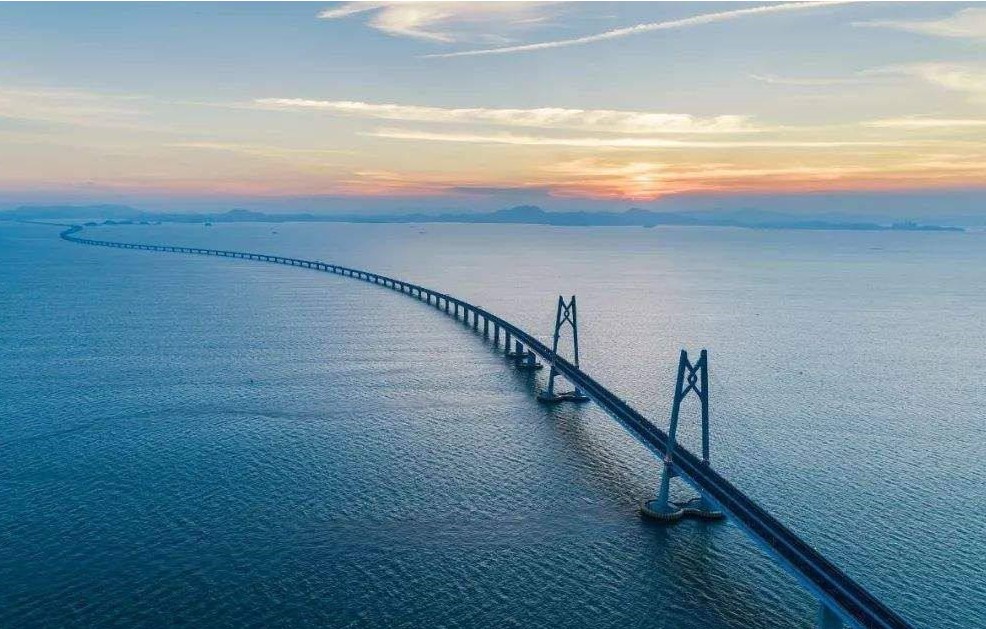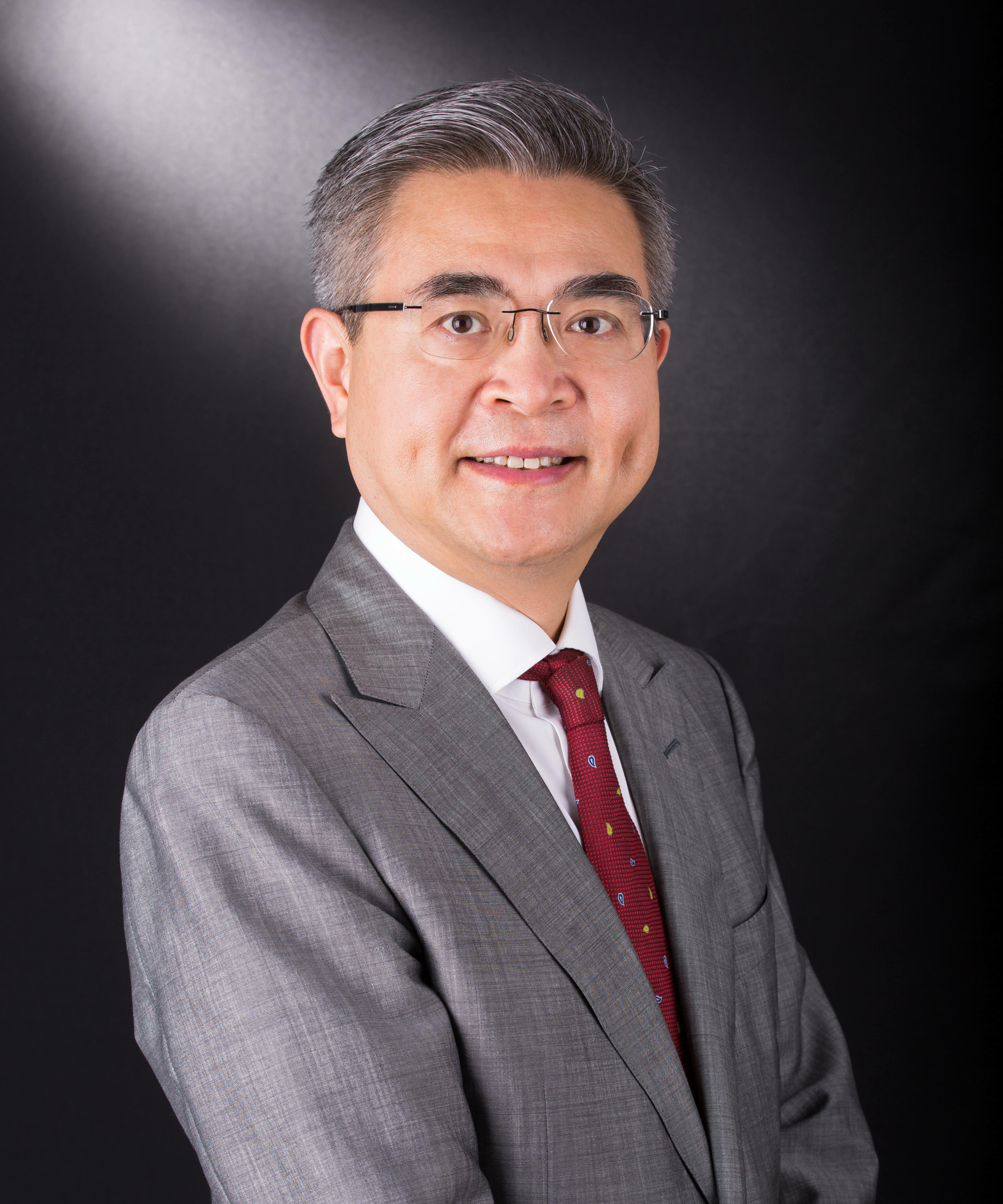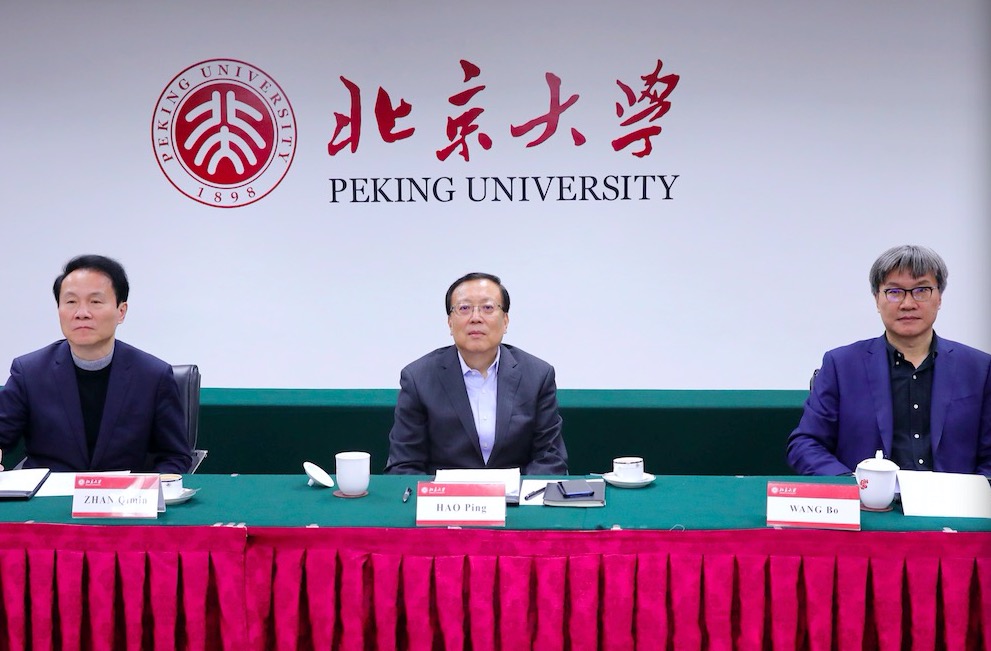As China and the U.S. are struggling to get a deal on their tough trade negotiation, the stakes are getting higher and higher for both sides on the issue of China's opening. Will the two countries make a historical trade deal with further opening of China or head for conflict, casualties, impasse?

It is clear that China's leaders accept that something needs to be done, including institutional reform, the prioritisation of market forces, and further opening of its economy but all needs to be carried out in the environment of economic, social, and political stability, a lesson China learnt bitterly from its past hundred years. Instead of radical nationwide reforms, China has chosen experimentation in selected localities, such as Free Trade Zones (FTZs) launched across the country and most recently in the entire island of Hainan. The FTZs were to attract foreign trade and investment and generate administrative innovations that could be promulgated nationwide. Some of these experiments, like the more independent court system and intellectual property court in the Shanghai FTZ, appear useful. Progress has Hainan and the Greater Bay Area: Key to China's Opening By Matthew Harrison and Xiao Geng VIEW 52 PHBS also been made on trade.
Nonetheless, the zonal approach–so successful in the 1980s and 1990s–cannot meet the needs of today's more complex China. The FTZs are too small to attract foreign investors. They are too unrepresentative to serve as institutional models for the nation. And they suffer from inconsistent regulation. Hainan offers a ray of hope. An entire province of 9 million people, Hainan has potential in natural resources, agriculture, and services like tourism. Yet the vagueness of the official guidance so far, and the tone–a free trade port “with Chinese characteristics”–make the ray of hope still faint indeed.
Hainan was supposed to meet international demands for market opening. But, too little too late, it barely reached the front page of the international media and has since been overshadowed by the trade war on the international scene. However, the thinking behind Hainan should be encouraged. It is China's best hope of progress in the coming decades. Consider what is at stake. The trade war may be painful for China now, but it is not fundamental. The trade war is painful for the US too, and sooner or later Washington, and particularly Trump, will stop and declare victory. More important for China is the longer-term challenge of development and opening.
China has achieved miracles lifting swathes of its population out of poverty, but these miracles pale beside those that will be needed in the years ahead. Indebtedness, population ageing, and climate change are burdens enough but will be further complicated by the inefficiency of the traditional state-dominated industries, institutional rigidity, and insularity. To deliver the goods, services and life-quality its citizens will expect, China will need the help of market forces and foreign businesses, technology, and talent.
How can this happen–while yet maintaining China's political, social and economic stability? We believe that the zonal approach can work again, just as it did 40 years ago in Shenzhen. But today the zones have to be bigger, better and bolder than 40 years ago. First, bigger. Hainan is much bigger in terms of population, trade, and GDP than the other FTZs, but it is still less than one percent of China on all three counts. It is not enough to move the needle. What would be enough? Less than three hundred miles from Hainan lies Guangdong
Province's part of the Greater Bay Area (GBA), which comprises nine municipalities including the high-tech and light manufacturing centres of Shenzhen and Dongguan. The “GBA Nine” plus Hainan together account for five percent of China's population and eight percent of China's GDP. That would be big enough. We are suggesting that Hainan and the GBA Nine move together, with mutual access and a compatible reform schedule. To this critical mass should be added most of the other FTZs scattered across the mainland to aid the diffusion of services, models, and ideas in the whole country.
Secondly, better. The reforms within the limited (but still sufficient) area of Hainanplus-the-nine have to be profound, instead of piecemeal. Large strides must be made on freer movement of goods, services, people, capital and information. The changes however can be evolutionary. Caps and quotas can limit risk; phasing can enable orderly adjustment. But overall there must be rapid progress on importation of goods, foreign investment in services, visa-free business travel, access to international internet, and free capital flow.
Thirdly, bolder. To affect real change, something really new must be done. But what new factor can be brought to bear? Our answer is, Hong Kong. As China's existing free port, and the world's freest economy, Hong Kong has the institutions, regulations, practice and experience to support reform in Hainan and the GBA Nine. Hong Kong can be the model for the new institutions and regulations that will be required. The institutions can even be staffed by Hong Kong personnel –including in respect of the new business courts, foreign judges, etc.
We are proposing the establishment of a distributed China Offshore Region, a trade and investment ecosystem fully integrated into the global economy. Hong Kong, already established in this role, flies ahead, followed by Hainan and the GBA Nine, with the other FTZs close behind. This China Offshore Region would provide a new engine of growth for China and the global economy and particularly for new momentum for reform in China. The international community would benefit from new markets and fresh development space. In the context of the trade war and rising nationalism, the opening of China's Offshore Region would send an important signal. Dare we say, a step for world peace and prosperity?

Xiao Geng, President of the Hong Kong Institution for International Finance, is a professor and Director of the Research Institute of Maritime Silk-Road at Peking University HSBC Business School.
Matthew Harrison and Xiao Geng are both members of the Hong Kong Institution for International Finance
Published on PHBS Magazine Fall 2019 (Read More)
















